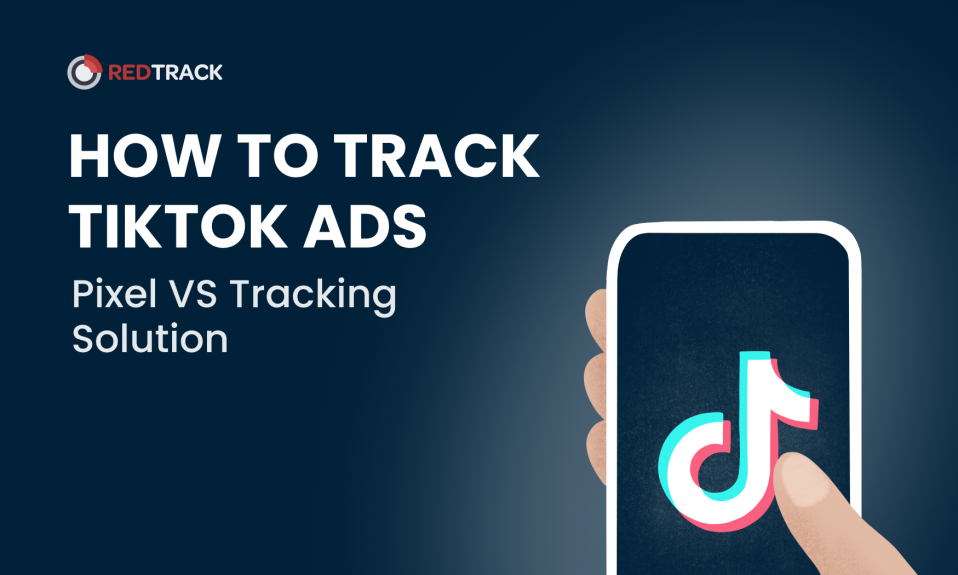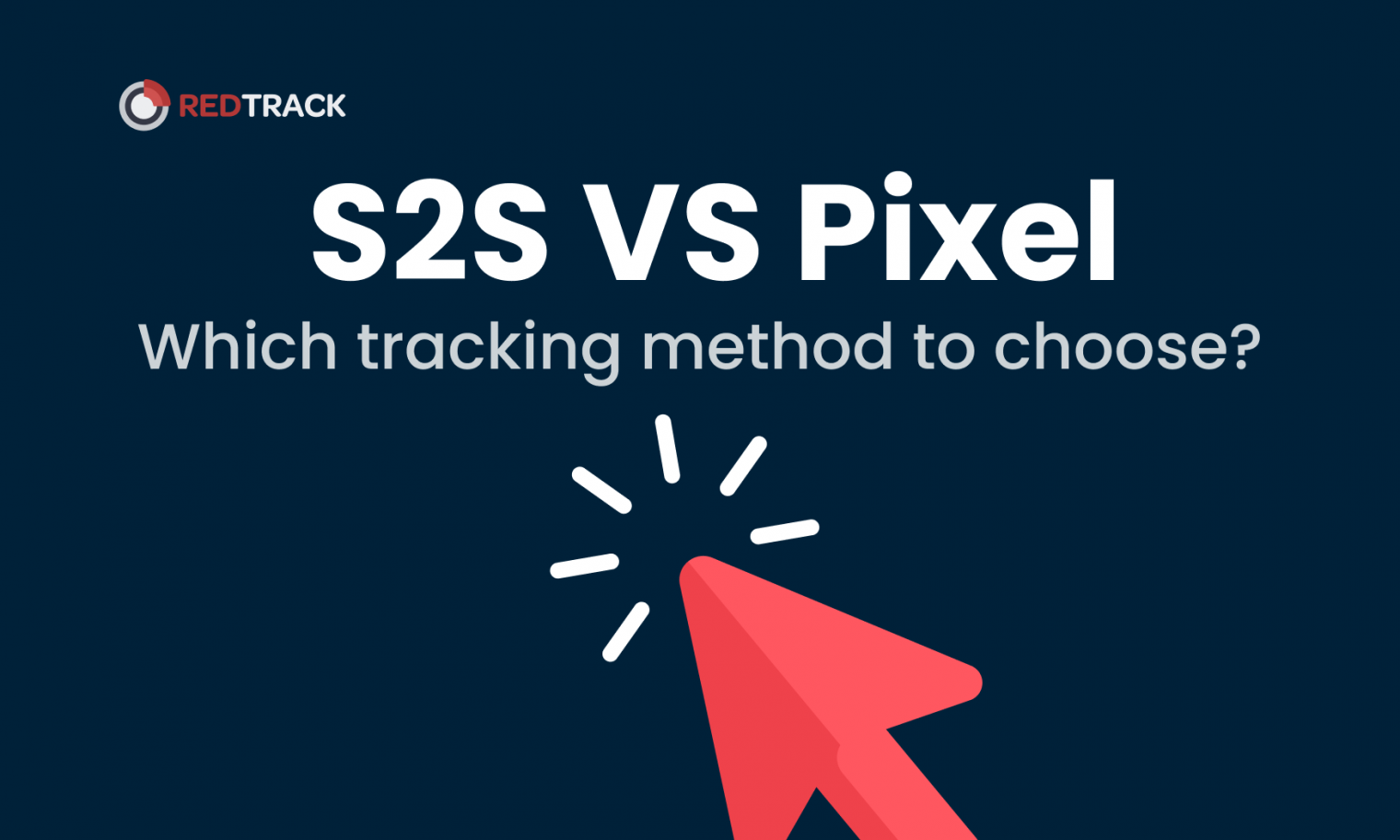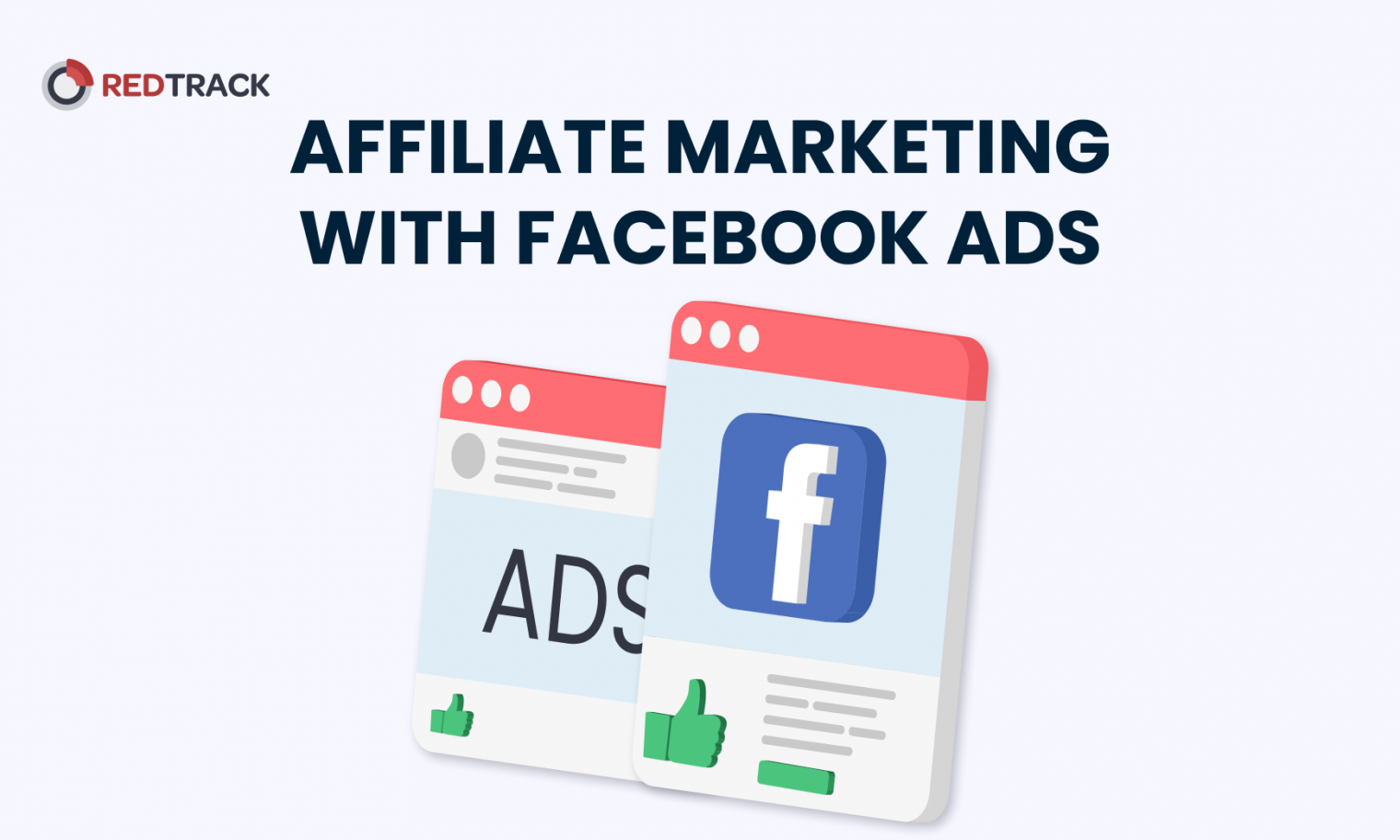
Check our 2-minute video to explore 5 reasons users choose RedTrack as their ad tracking & attribution partner.
Performance-based marketing emerges as a pivotal strategy in digital marketing industry. This approach aligns expenses with outcomes, ensuring that marketers pay only for measurable successes, such as conversions or clicks. This accountability and efficiency make it indispensable for media buyers and digital marketers aiming for precise targeting and maximized ROI.
At its core, performance-based marketing is a results-driven approach where businesses compensate affiliates, publishers, or advertising platforms based on specific actions, like sales, leads, or clicks. This model contrasts with traditional advertising, where payments are made for ad space or impressions, regardless of performance. The success of performance-based marketing lies in its focus on tangible outcomes, making it a favorite among savvy digital marketers.
Affiliate Marketing: Involves partnering with individuals or companies to promote products or services. Affiliates earn commission for each sale or lead generated from their marketing efforts.
Pay-Per-Click (PPC) Advertising: Advertisers pay a fee each time one of their ads is clicked. Search engine advertising is one of the most popular forms of PPC.
Cost Per Acquisition (CPA): Here, advertisers pay only when a specific action, like a sale or signup, occurs.
Cost Per Lead (CPL): Payments are made for each lead generated, such as a filled form or subscription.
Effective performance-based marketing hinges on strategic planning and execution. Key strategies include:
Choosing the Right Channels: Identify platforms where target audiences are most active.
Crafting Compelling Offers: Offers should be attractive to the target audience and motivate action.
Optimizing for Conversions: Continuously test and tweak ad copy, design, and landing pages to improve conversion rates.
Utilizing Analytics: Leverage data to track performance and make informed decisions.
Tools and Technologies
Analytics and Tracking Software: For monitoring campaigns and measuring success.
Automated Bidding Tools: These help in managing and optimizing PPC campaigns.
Affiliate Networks: Platforms that connect advertisers with affiliates, simplifying management and tracking.
Performance-based marketing, while efficient, comes with its challenges:
Click Fraud: Use anti-fraud tools and monitor campaigns for suspicious activity.
Quality vs. Quantity: Focus on attracting high-quality leads rather than just quantity.
Adaptability: Stay agile and adapt strategies based on market trends and data insights.
Key metrics include:
Return on Investment (ROI): Measures the profitability of campaigns.
Conversion Rate: Percentage of users who complete the desired action.
Cost Per Action (CPA): The cost incurred for each desired action.
The future of performance-based marketing is likely to be shaped by advances in AI and machine learning, leading to more sophisticated targeting and personalization. The integration of emerging technologies like augmented reality (AR) and virtual reality (VR) could offer new avenues for immersive advertising experiences.
Performance-based marketing stands as a cornerstone in the digital marketing landscape, offering a results-oriented approach that aligns marketing costs with actual results. Its adaptability, coupled with a focus on data-driven strategies, makes it essential for media buyers and digital marketers aiming to maximize their advertising ROI in a competitive digital environment.
This 2,000-word guide provides an in-depth understanding of performance-based marketing, tailored for media buyers, digital marketers, and those interested in the nuances of digital marketing strategies. It avoids fluff, focusing squarely on delivering concise, actionable insights in alignment with the provided text style and structure.

Check our 2-minute video to explore 5 reasons users choose RedTrack as their ad tracking & attribution partner.

Join our Facebook group to participate in the discussions, share your insights with like-minded people, and ask for support if needed.

Find out how Financer.com optimized the conversion rates of both organic and paid traffic by 60% with RedTrack.